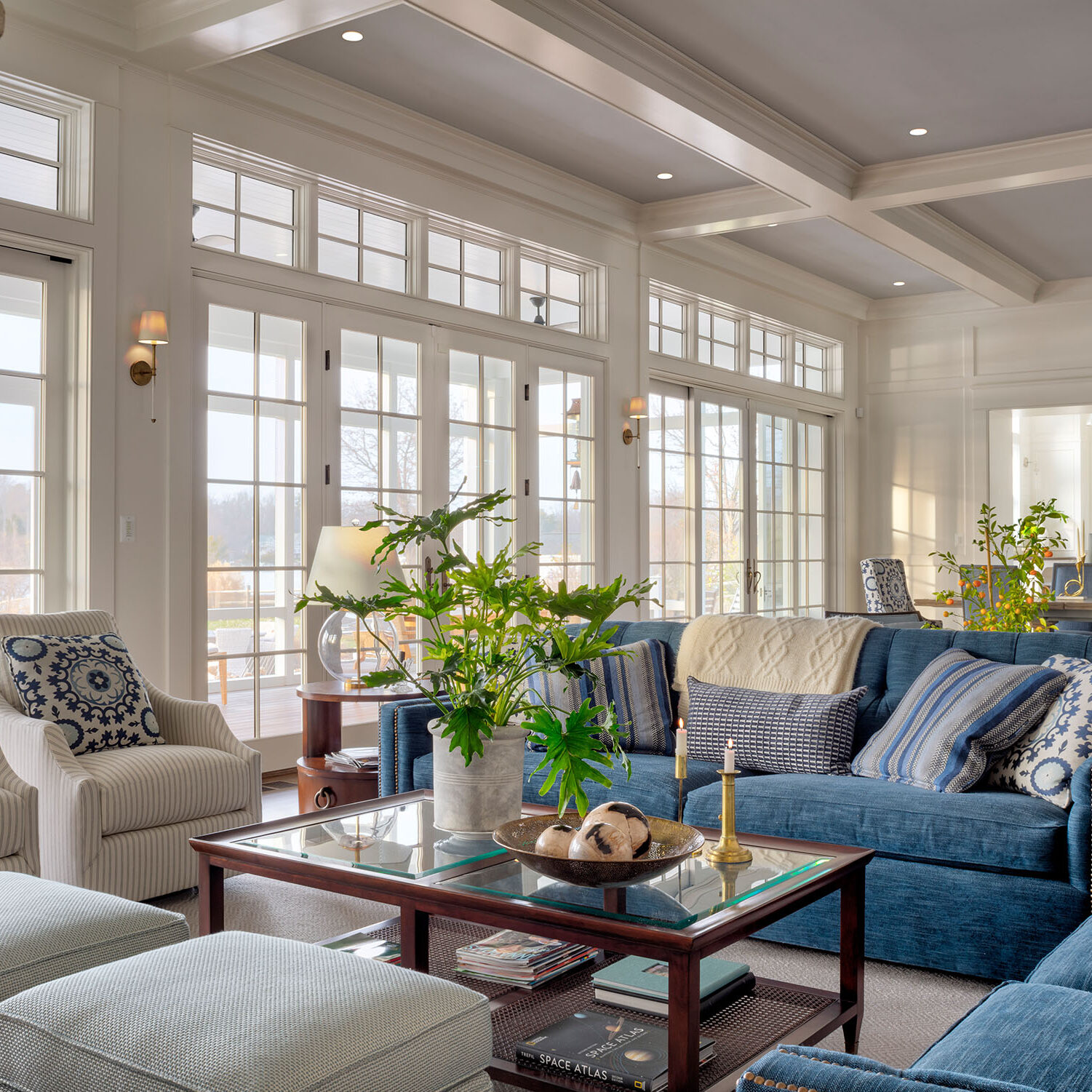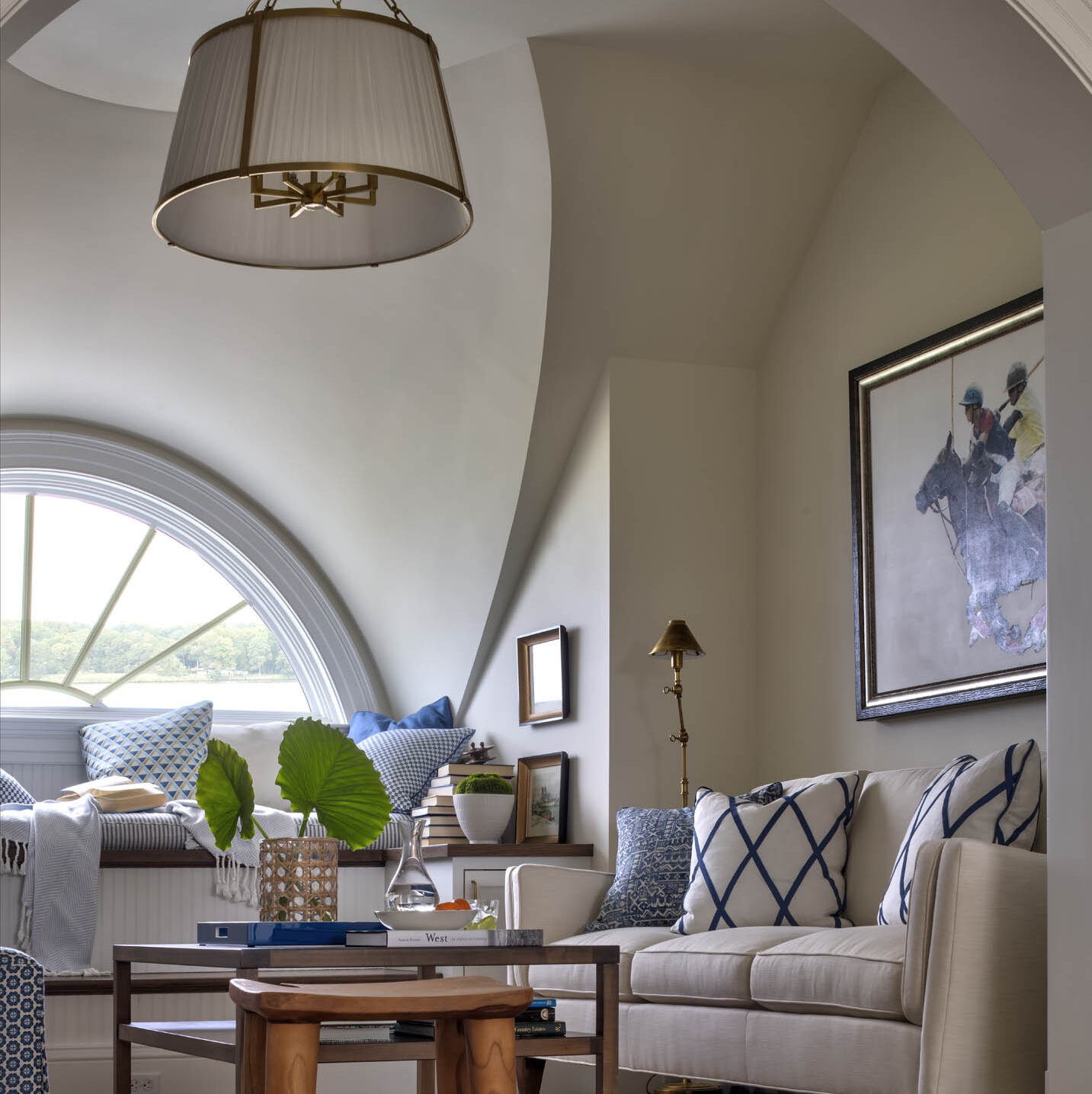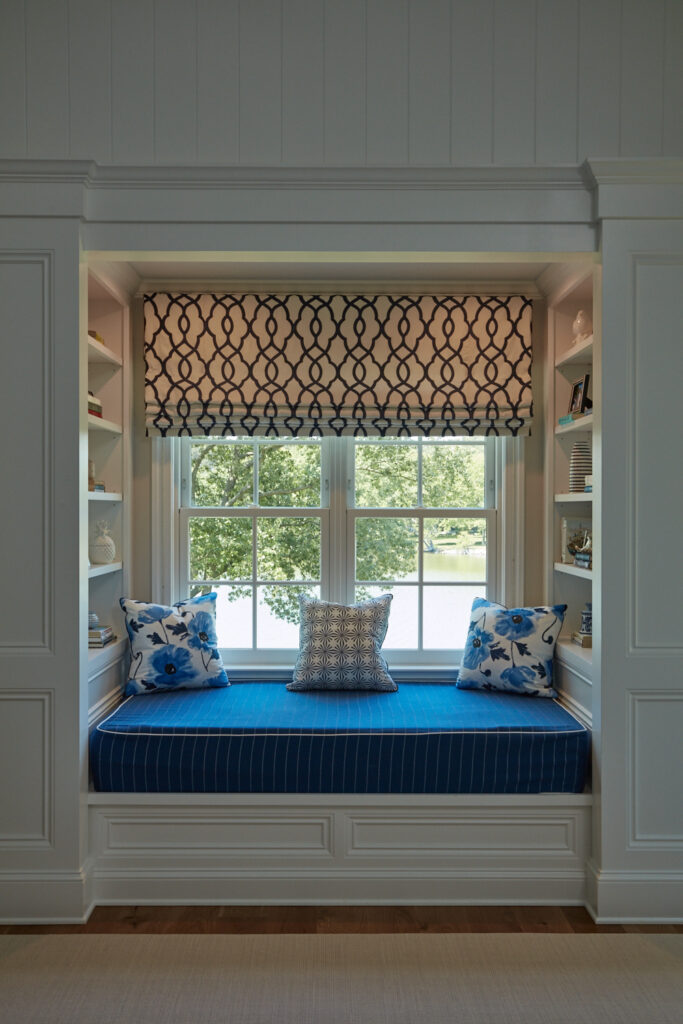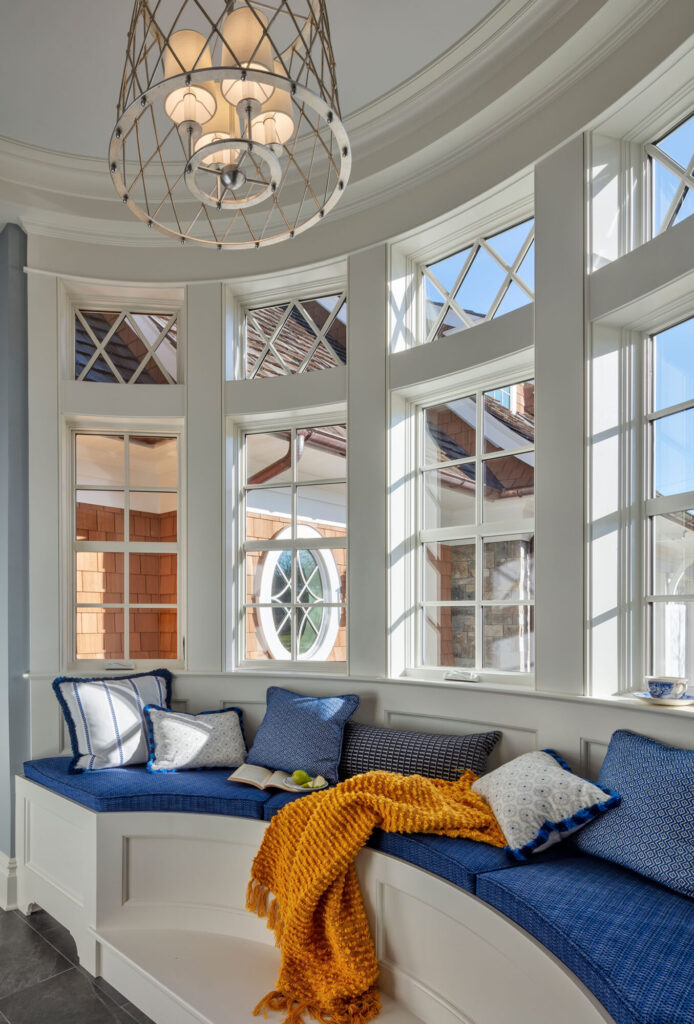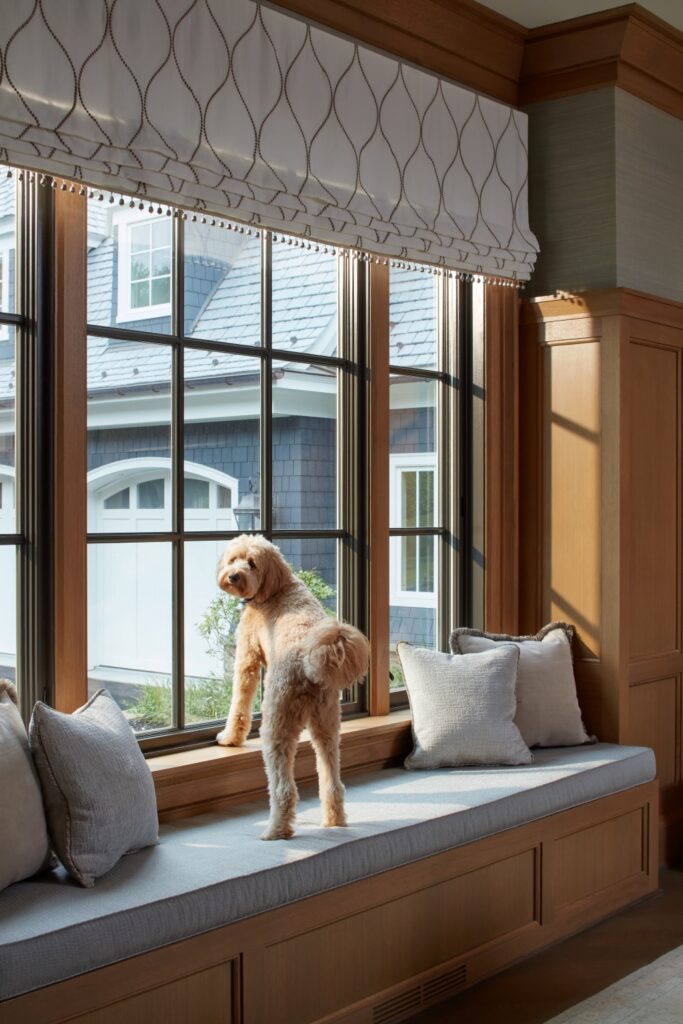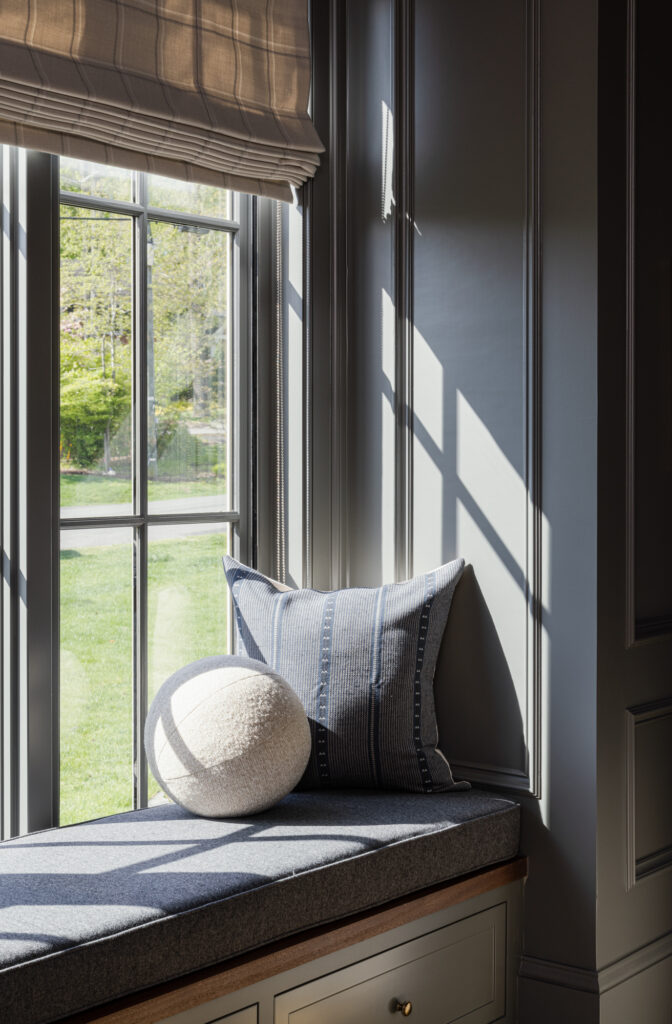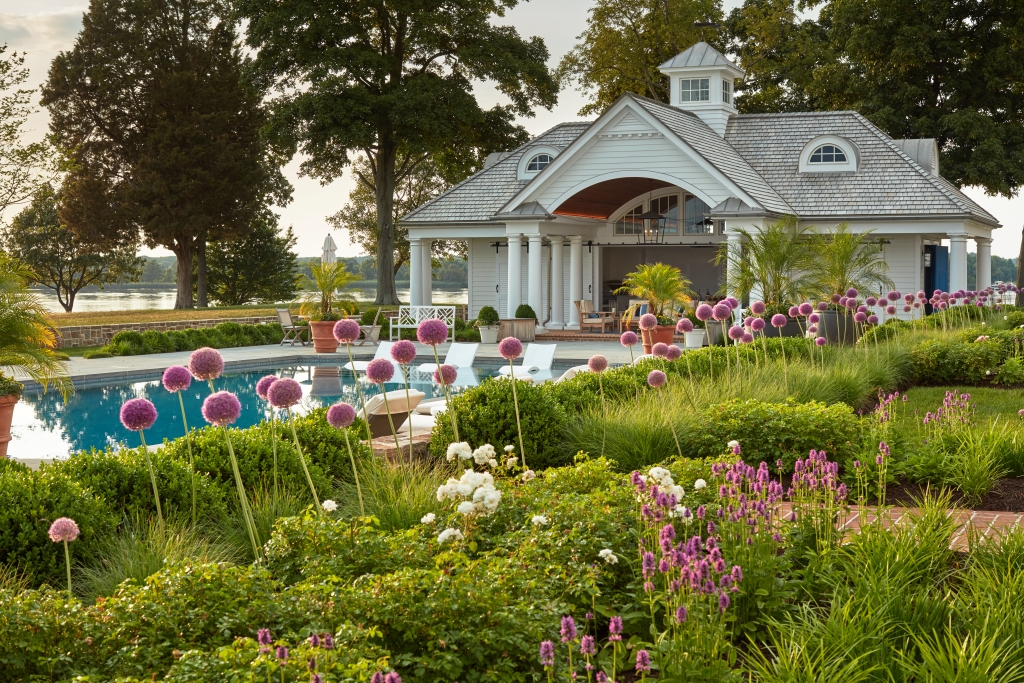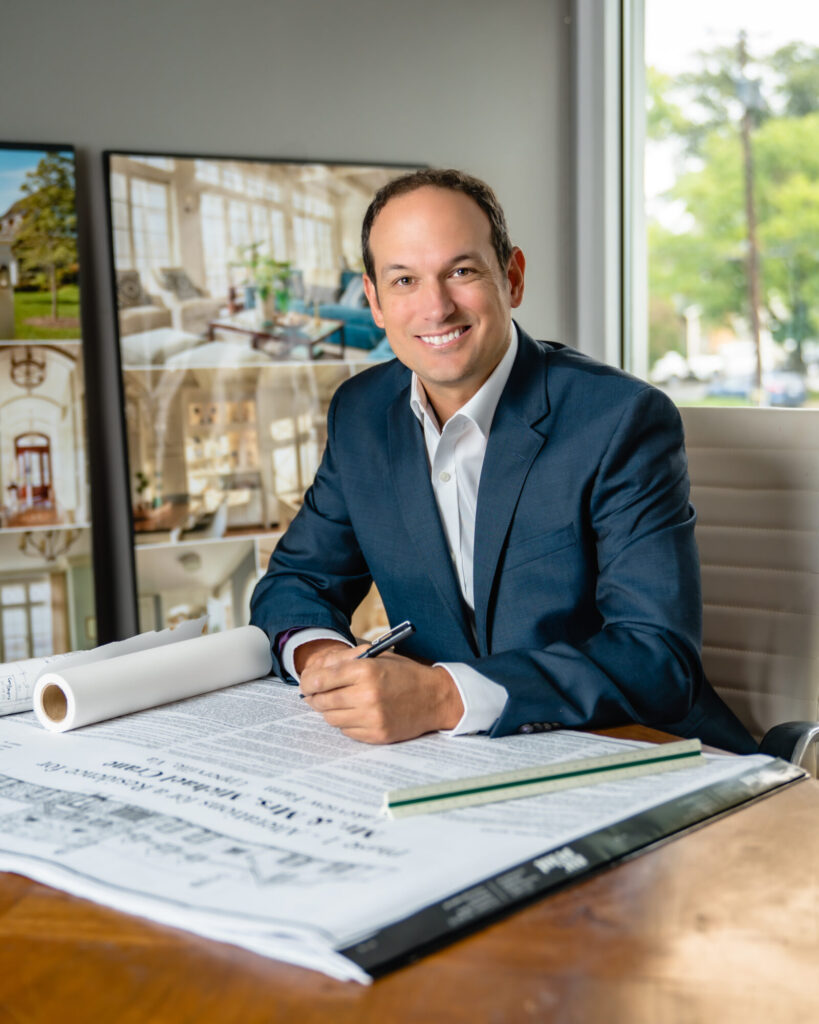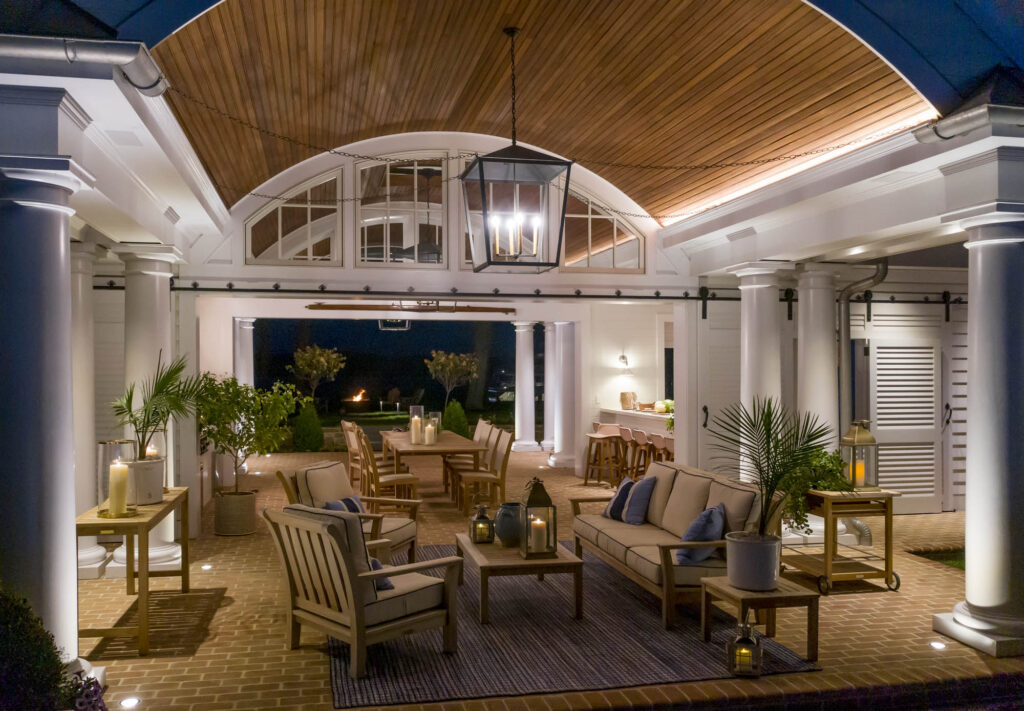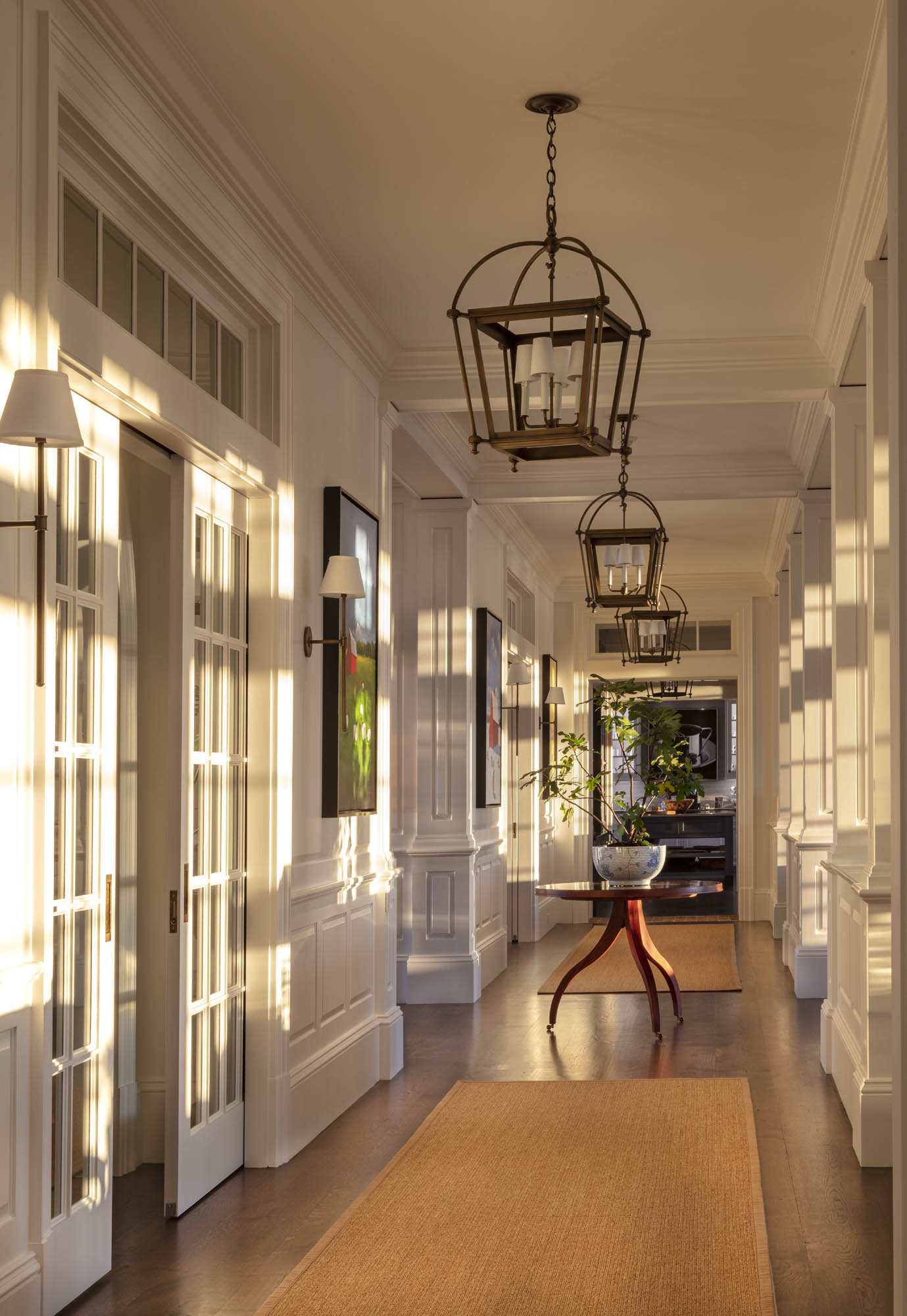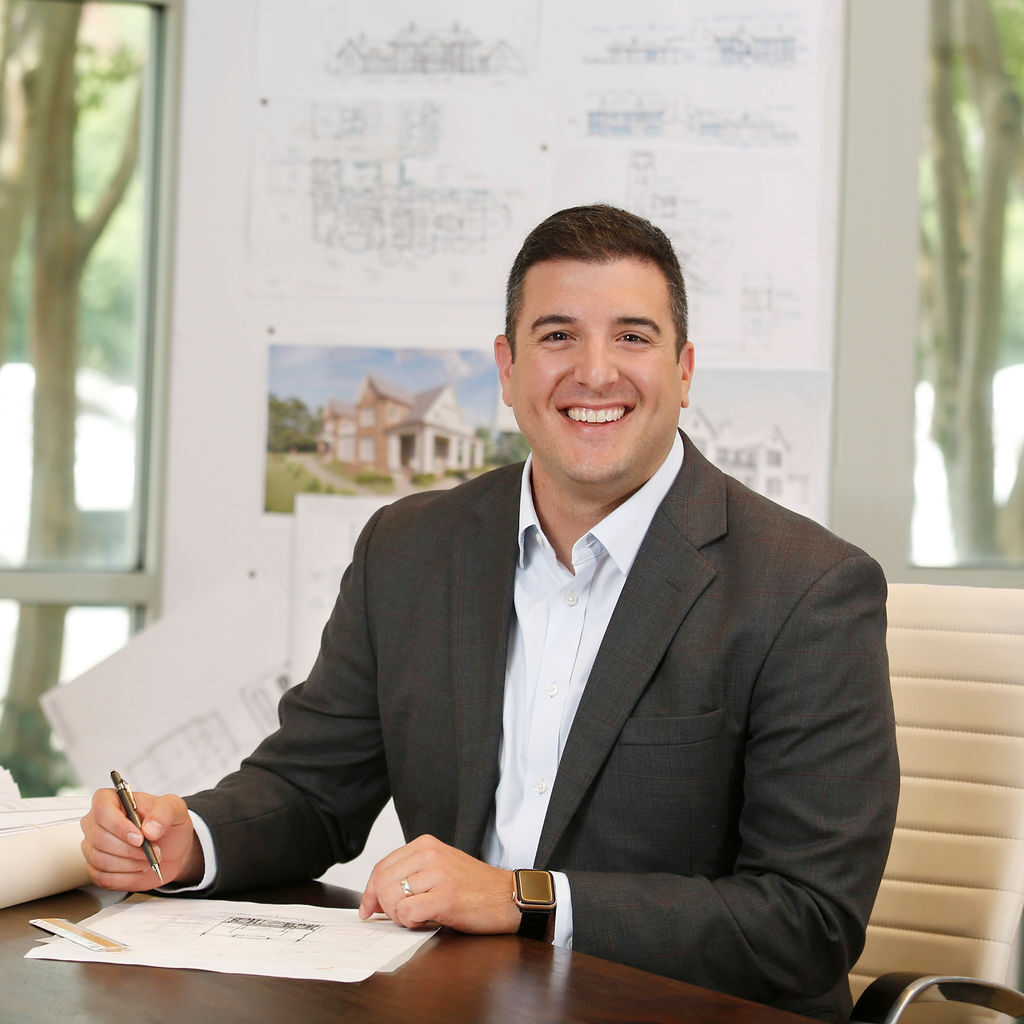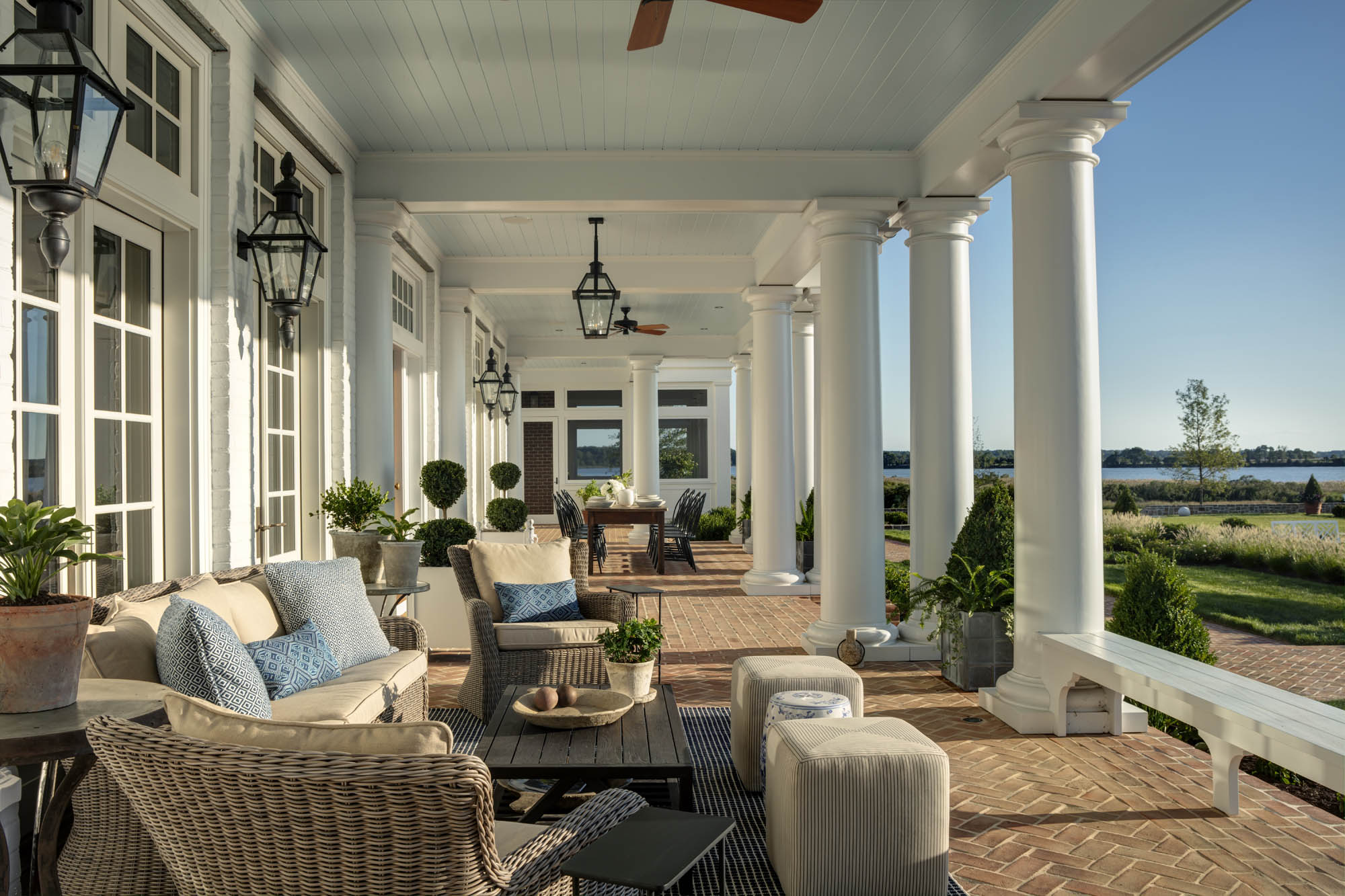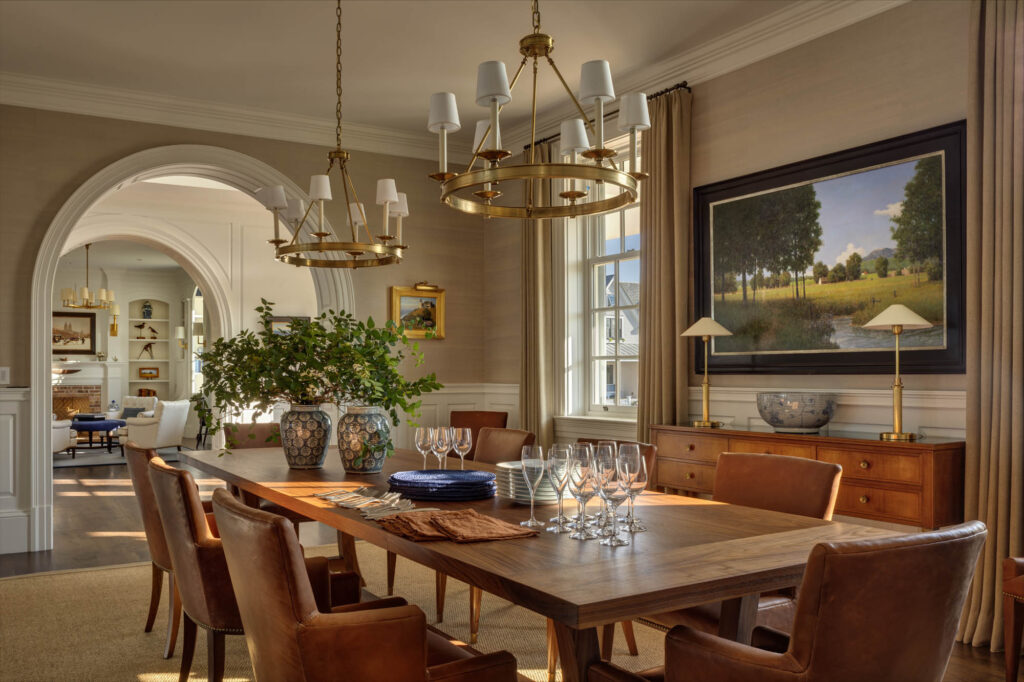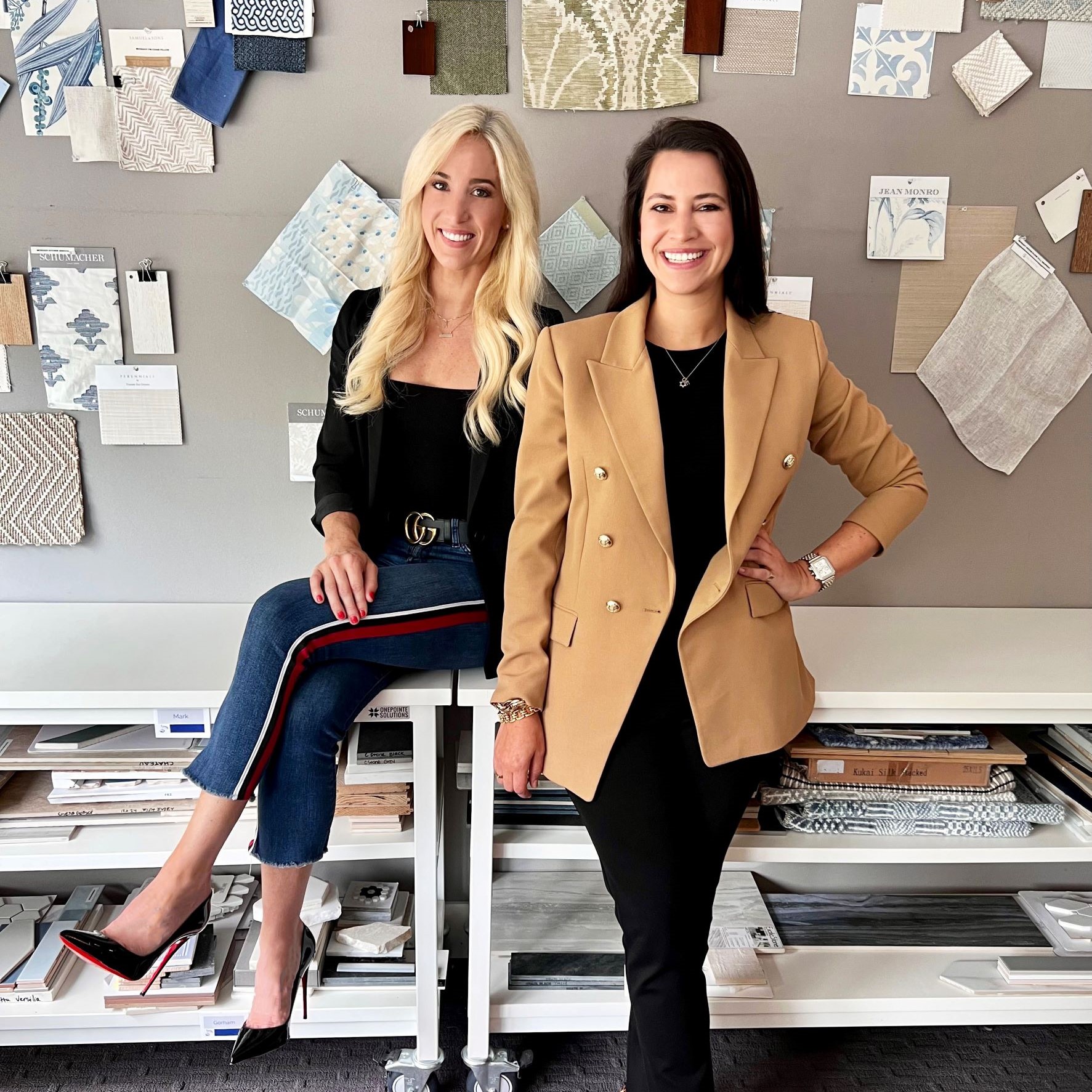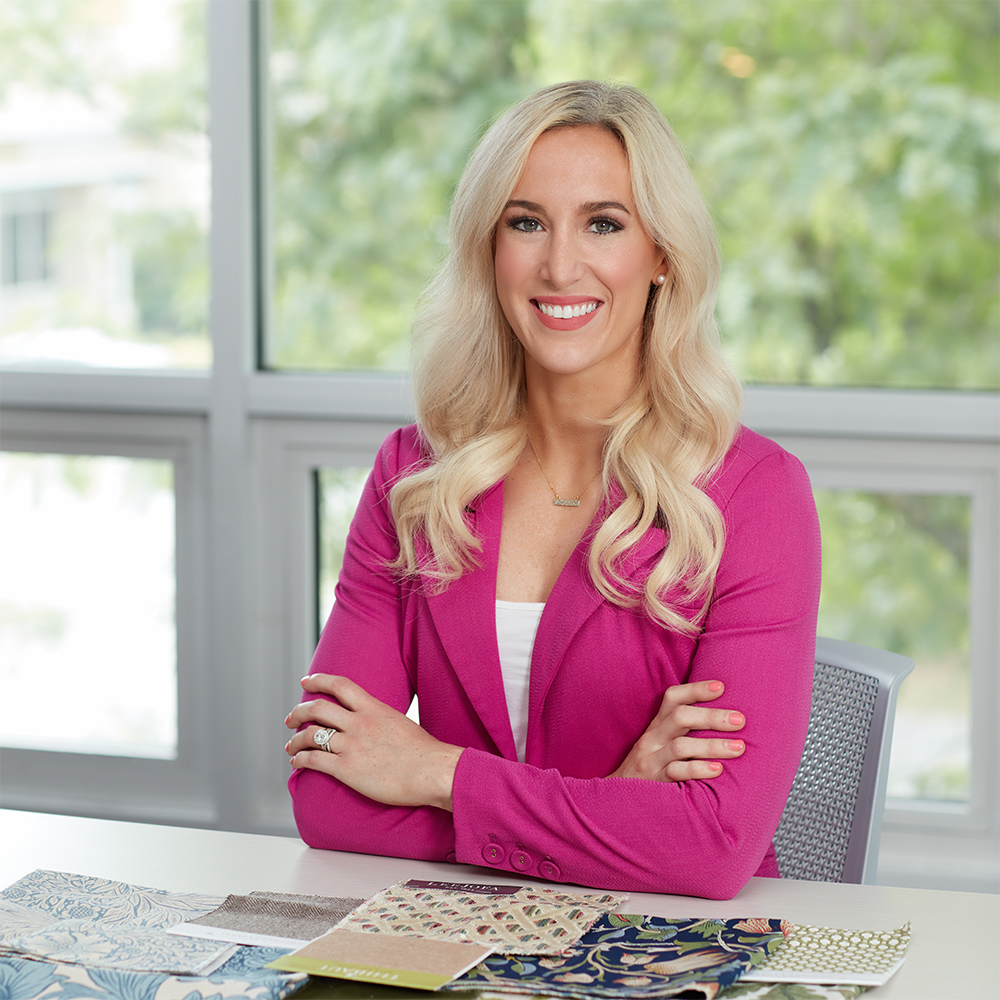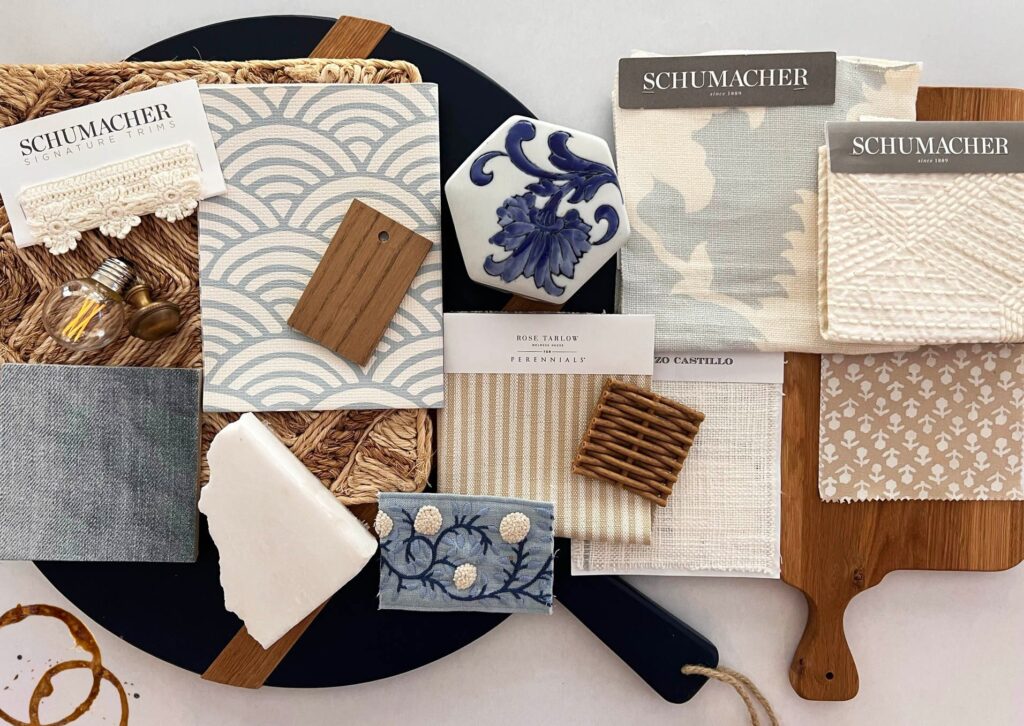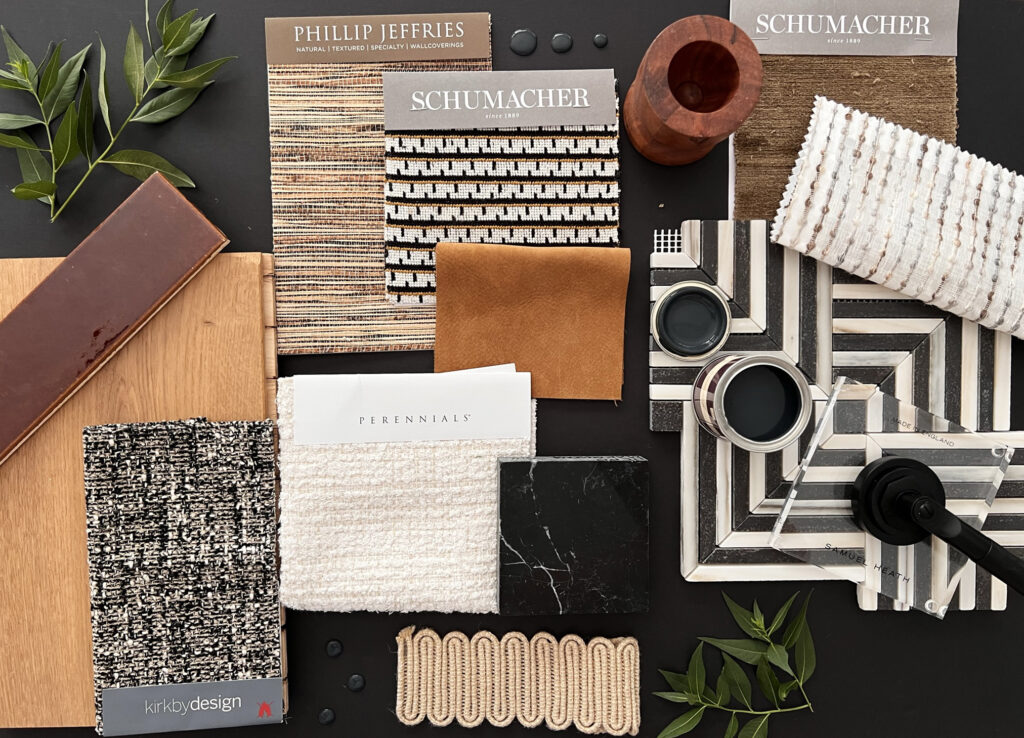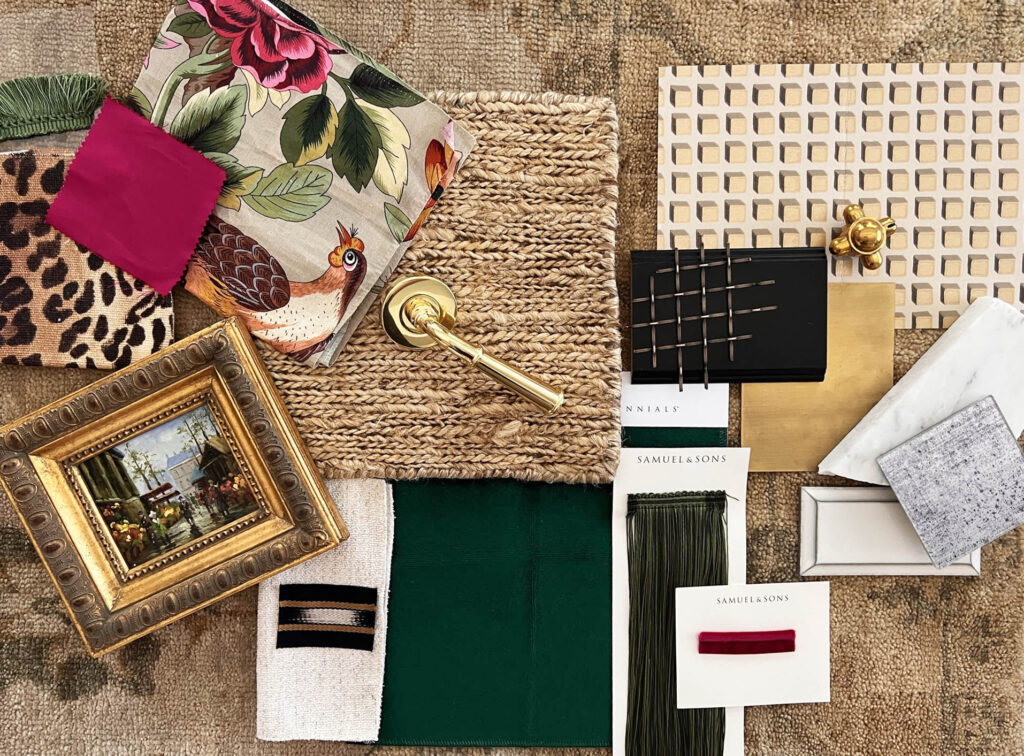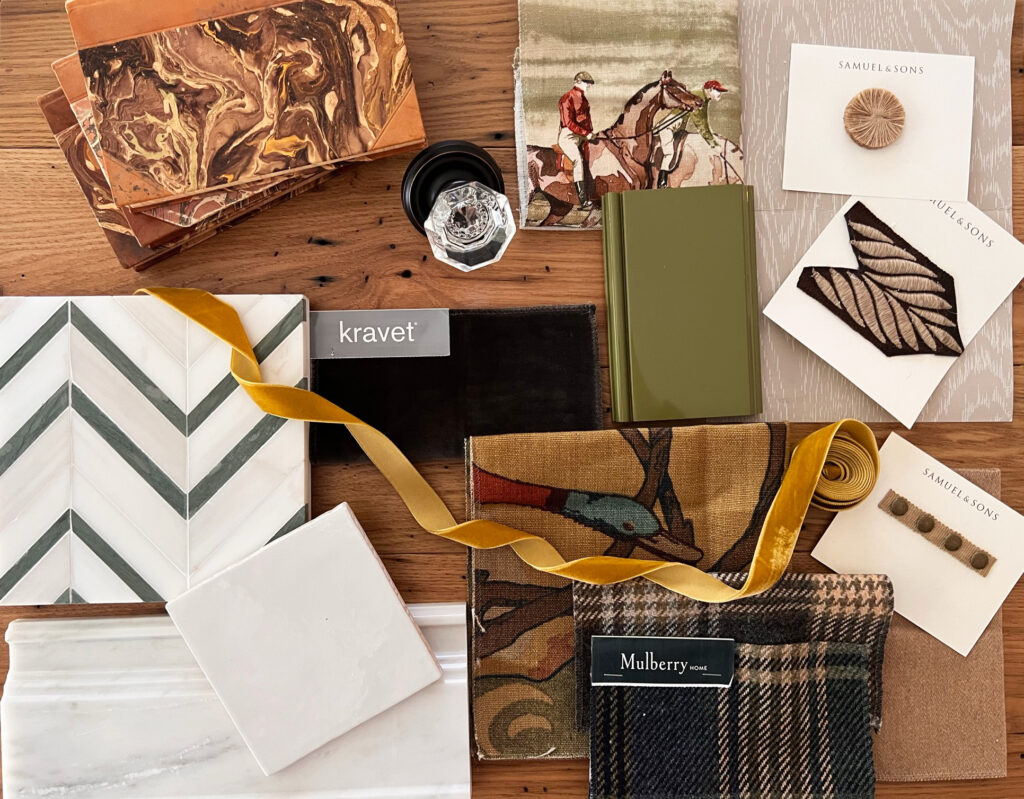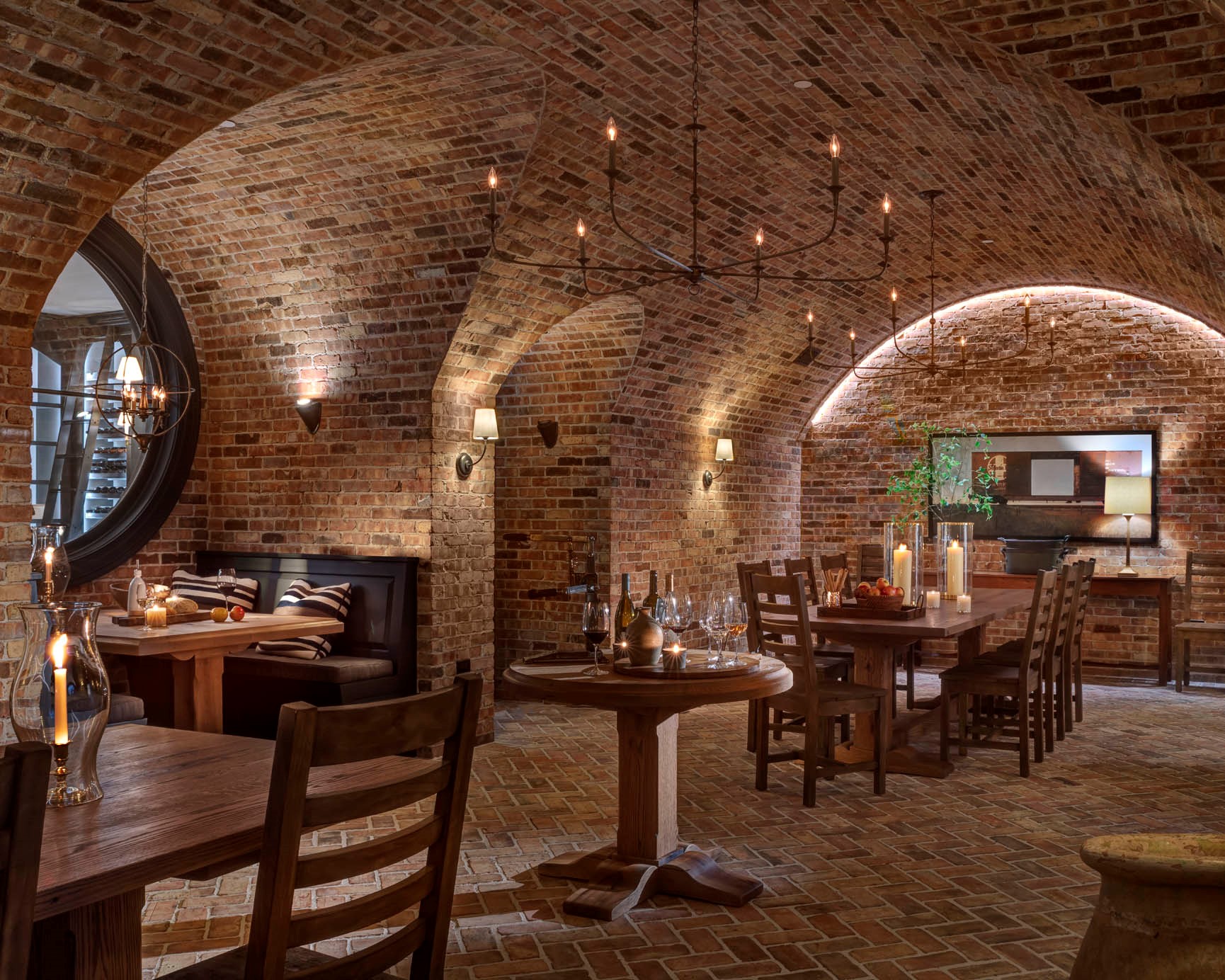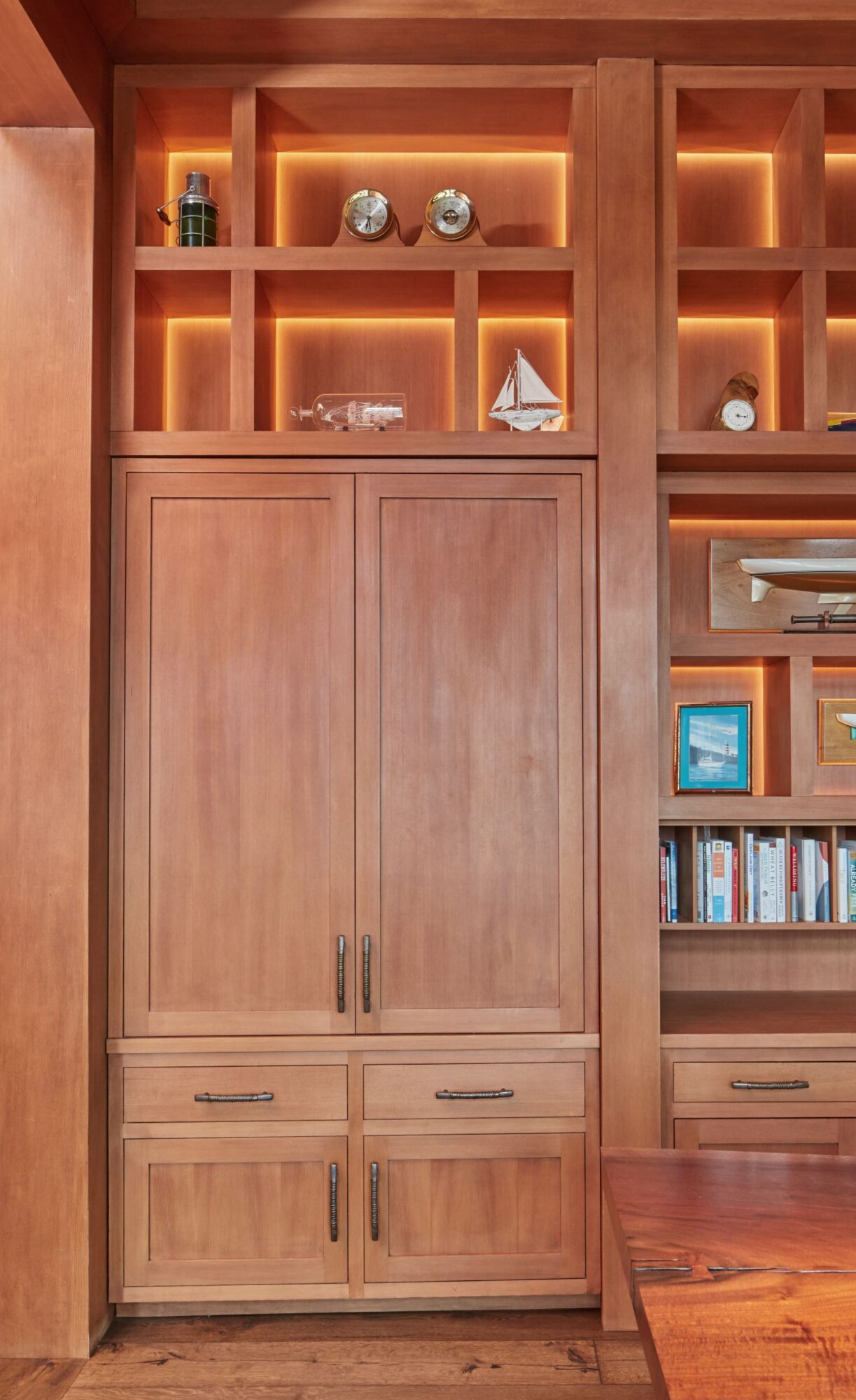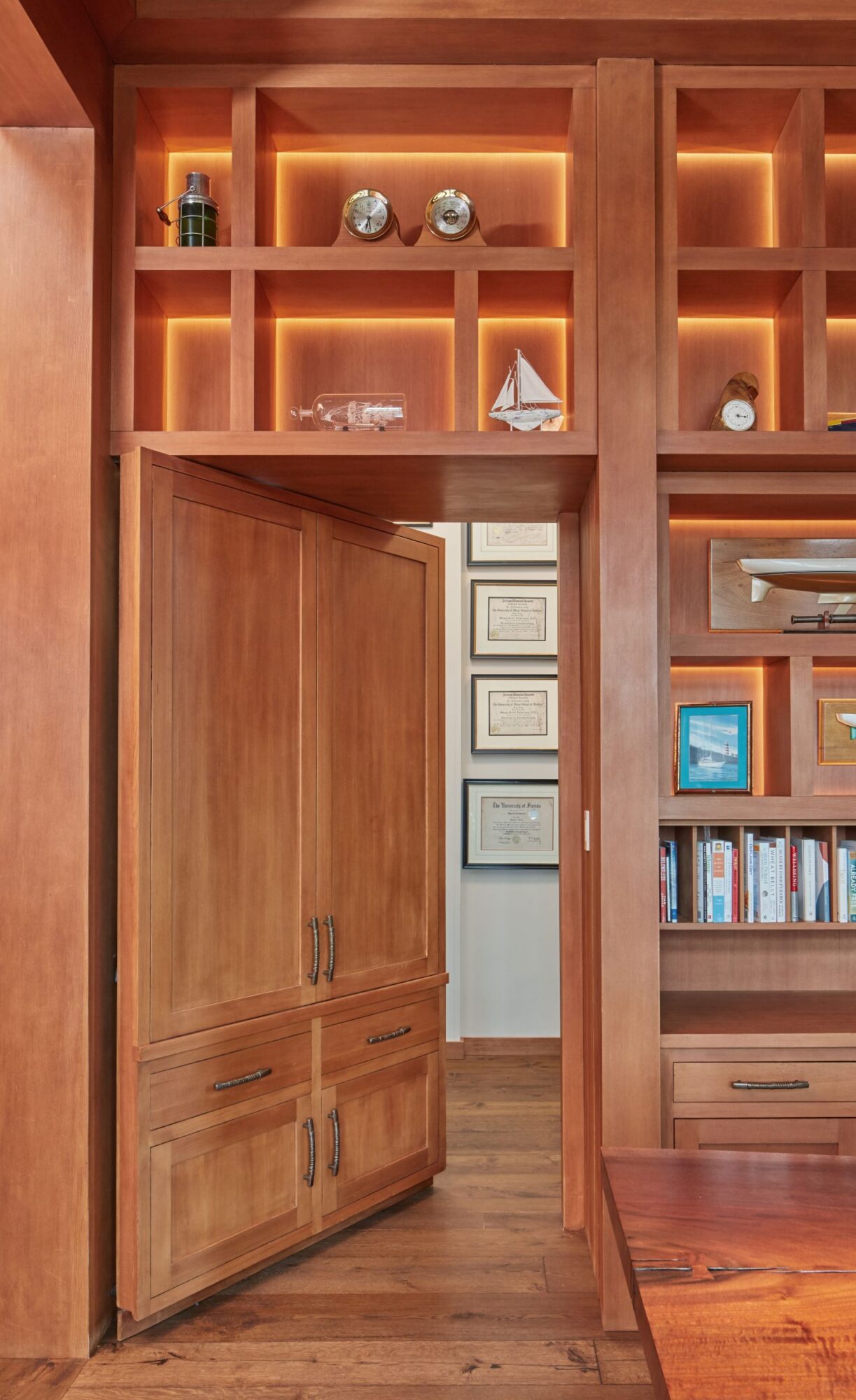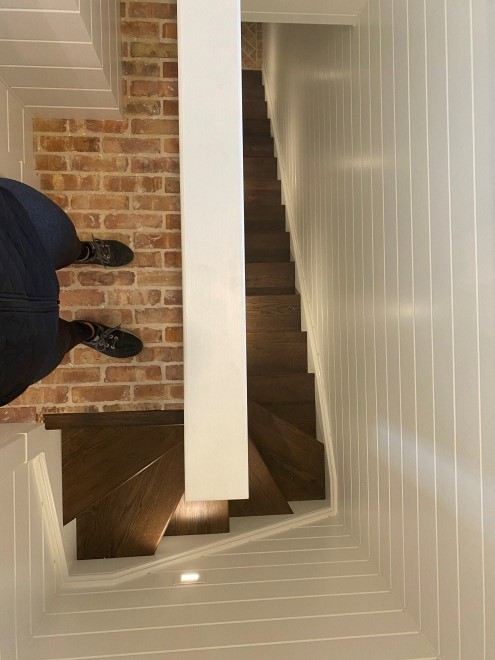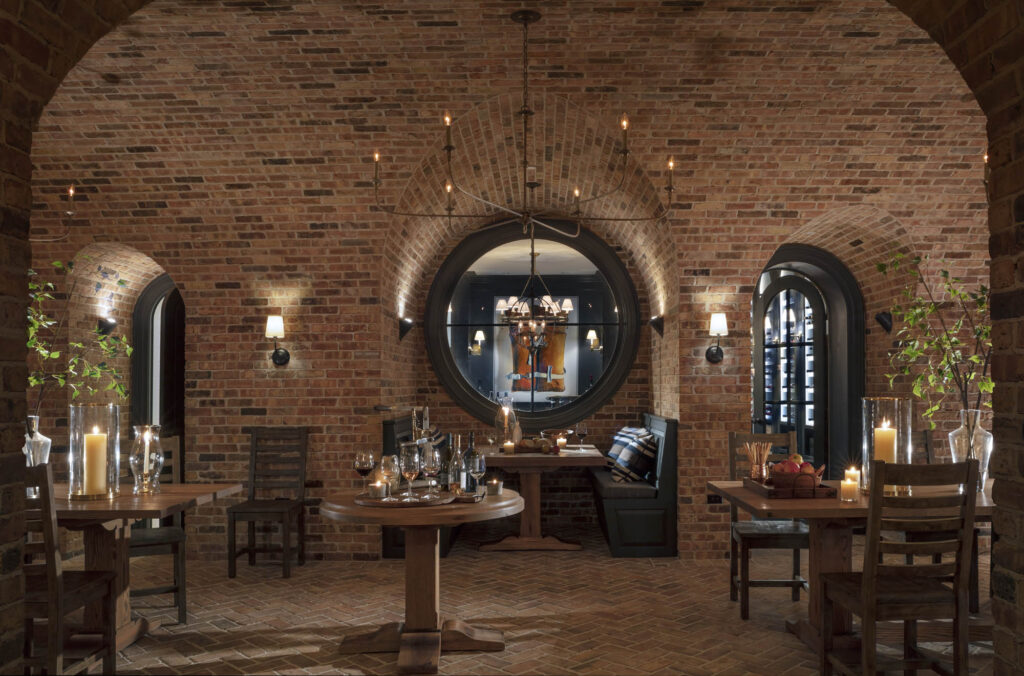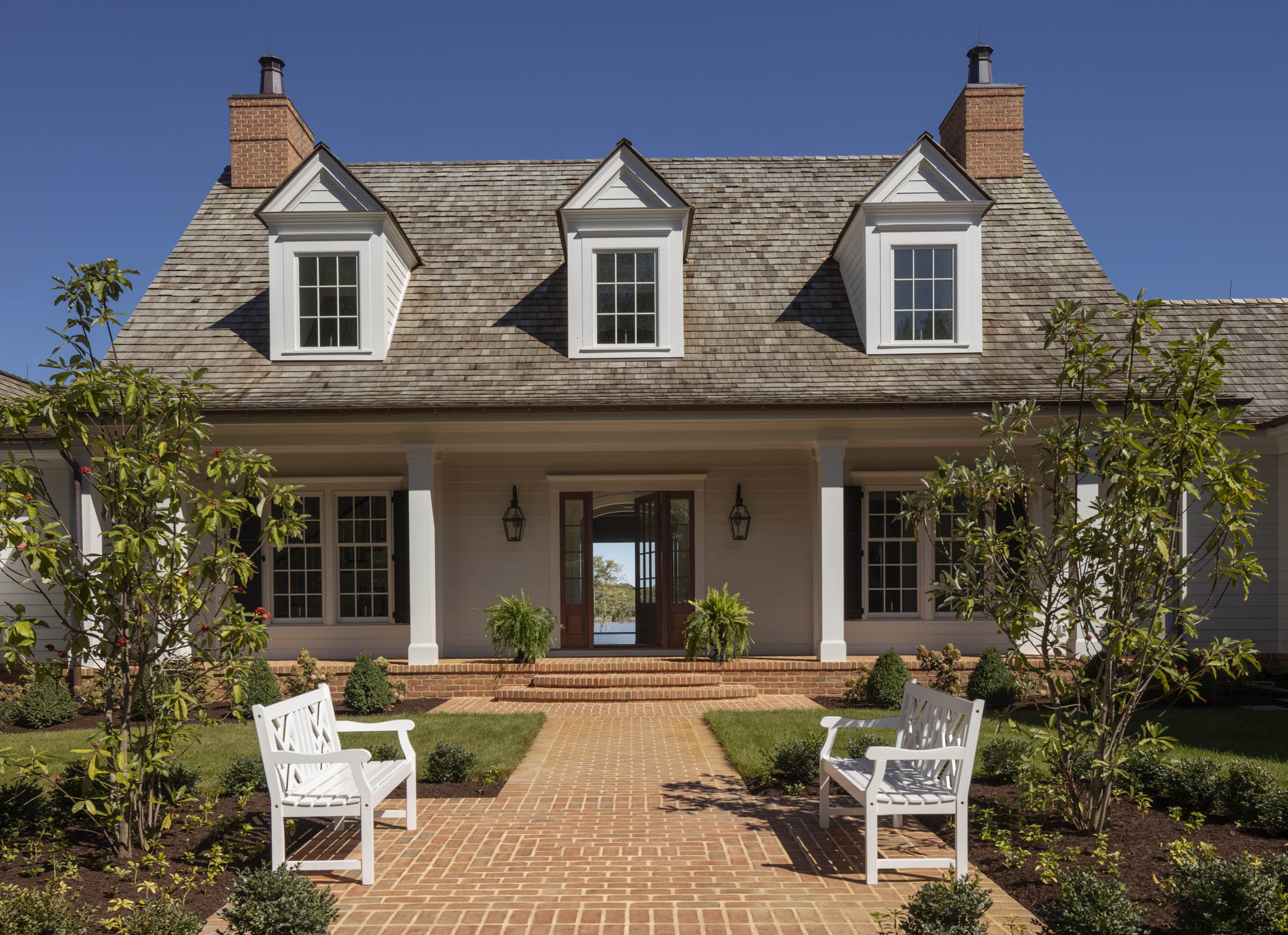Purple Cherry Architects has been fortunate to design houses in many different styles and at a range of scales, from grand estates to small getaways, from traditional to contemporary, and just about everything in between. If there is one architectural element that occurs more than any other, it must be the great room.
By definition, a great room is simply a large, open space that houses the primary living functions of a house, most often including the living room, dining room, and kitchen functions.
In contrast to historic houses, which typically isolated each of these functions within its own separate room, contemporary designs frequently group them together to create the largest single volume of space in the house. This common area – or core – functions as the center of activity in the home, both for everyday activities and when entertaining.
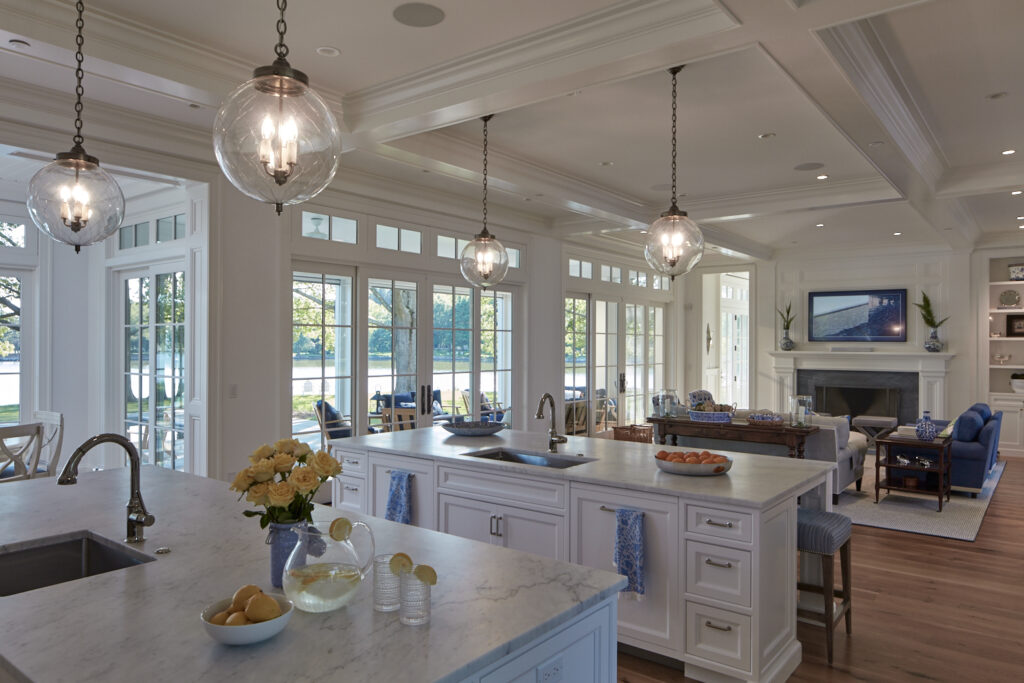
Several changes in lifestyle have contributed to clients’ desire for a communal living space in the center of the home. Cooking, once the responsibility of servants and done far from the primary living spaces, is now shared among the members of the family, who naturally want to stay close to others when preparing meals.
Modern entertaining has also become more casual. Rather than serving full meals at a formal dining table, today most people want visitors to gather around the kitchen island as they cook, maybe with the television on at the other end of the room. A great room incorporating the kitchen, an eating space – either more formal, with a designated dining table, or relaxed, maybe with comfortable stools around a second kitchen island – and a seating group focused on a fireplace or television (or both!) creates the perfect space for gathering people together.
For houses with great views, whether of water, mountains, or landscape, the great room can maximize residents’ access to and experience with the vistas. Many of the important activities of day-to-day life will happen in and around the great room, so placing the space where it captures the best views allows occupants to experience the view, whatever activity they may be doing.
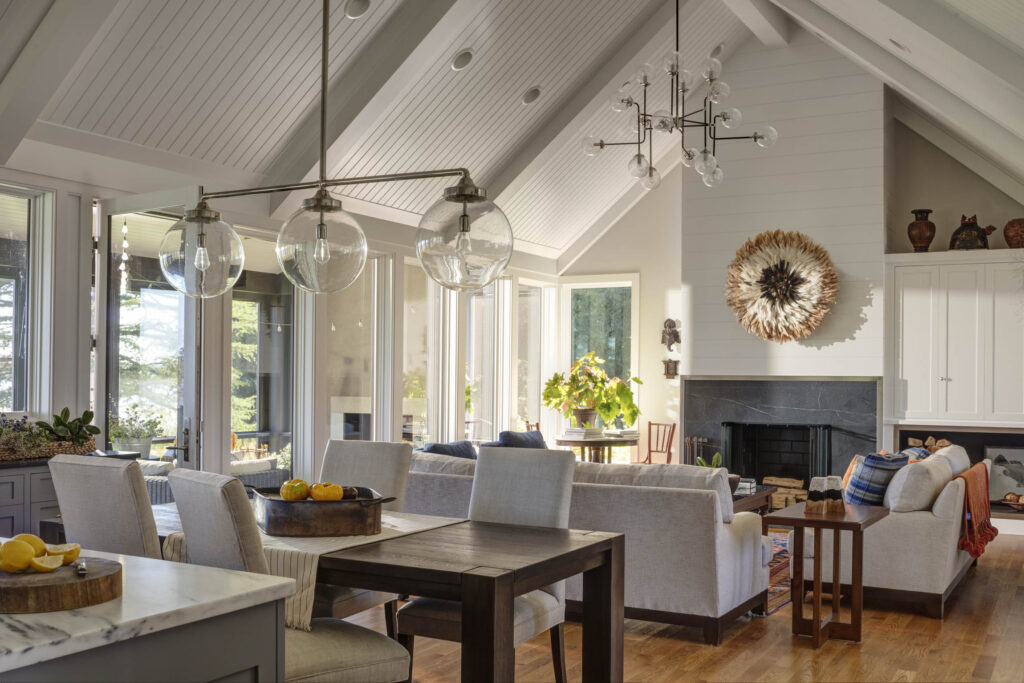
The large, open space of the great room also allows views through it from other spaces, providing exposure to the landscape from connected spaces throughout the house.
Of course, nothing enhances a great room more than access to a fantastic outdoor patio, deck, or screened porch that creates a strong connection to the outside environment. Such outdoor amenities expand the living space of the house outward – sometimes almost doubling the space of the great room – and are particularly appreciated when entertaining large groups.
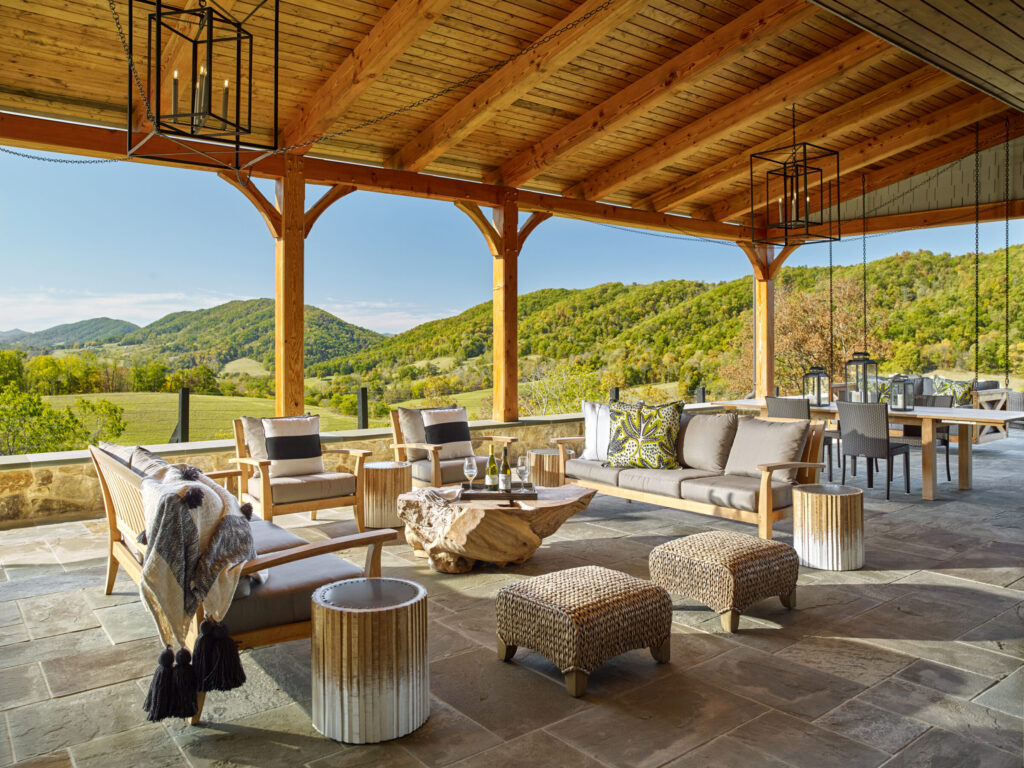
Flexibility is one of the keys to the great room’s popularity and success. Although the kitchen, dining, and living area make up the most common combination of spaces in a great room, they are by no means the only possibilities. Clients who prefer a formal dining room may choose to create it within a defined space, either connected to or totally remote from the great room, depending on the character of the space they want to create.
An informal dining or breakfast room can also be incorporated, creating different dining experiences within the same general area of the house.
Those who dislike clutter may prefer to hide the primary kitchen prep area, with its appliances and storage requirements, in a back kitchen, leaving the main kitchen and living area as a comfortable refuge free from such distractions.
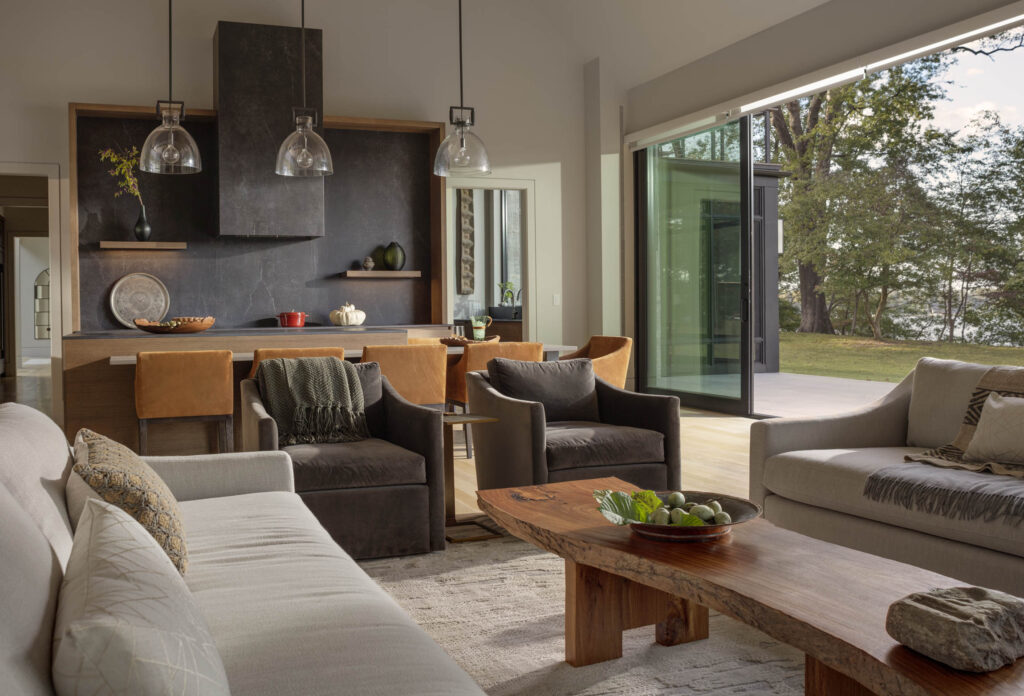
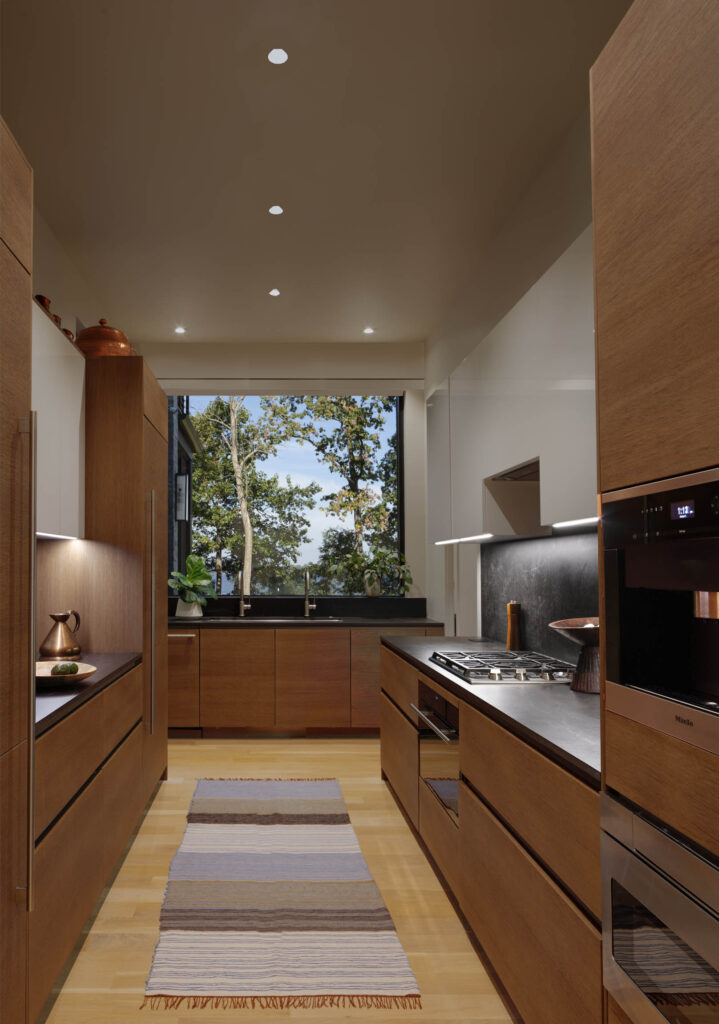
For the increasing number of individuals working from home, a home office can be incorporated into a great room, either within the main volume of the room or as a semi-private alcove. In addition, many other supporting spaces often surround the great room to provide additional functions. Pantries, butler’s pantries, and back kitchens are natural accessory spaces, which house many necessities while keeping them out of sight. Similarly, mudrooms, laundry rooms, and home offices often find their place near the great room.
Regardless of the style of the architecture or the scale of a house, a beautiful and functional great room that combines many of the most-used spaces into a stunning and welcoming core of a home is a feature almost any homeowner will value and appreciate.
Written by Alan Cook, LEED AP, Associate
Alan’s architectural designs are infused with an interdisciplinary perspective gained over two decades in the field. His broad experience and passion for environmental design, historic preservation, adaptive reuse, and commercial projects enhance every residential commission. To help clients create beautiful homes that exceed expectations, Alan relishes the complexities that translate aspirations and vision into a unified result. A graduate of the University of Colorado, Alan also holds a Master of Architecture from Syracuse University School of Architecture. He has worked with Purple Cherry since 2014. Outside of the office, Alan serves on the board of Girls on The Run Greater Chesapeake.
